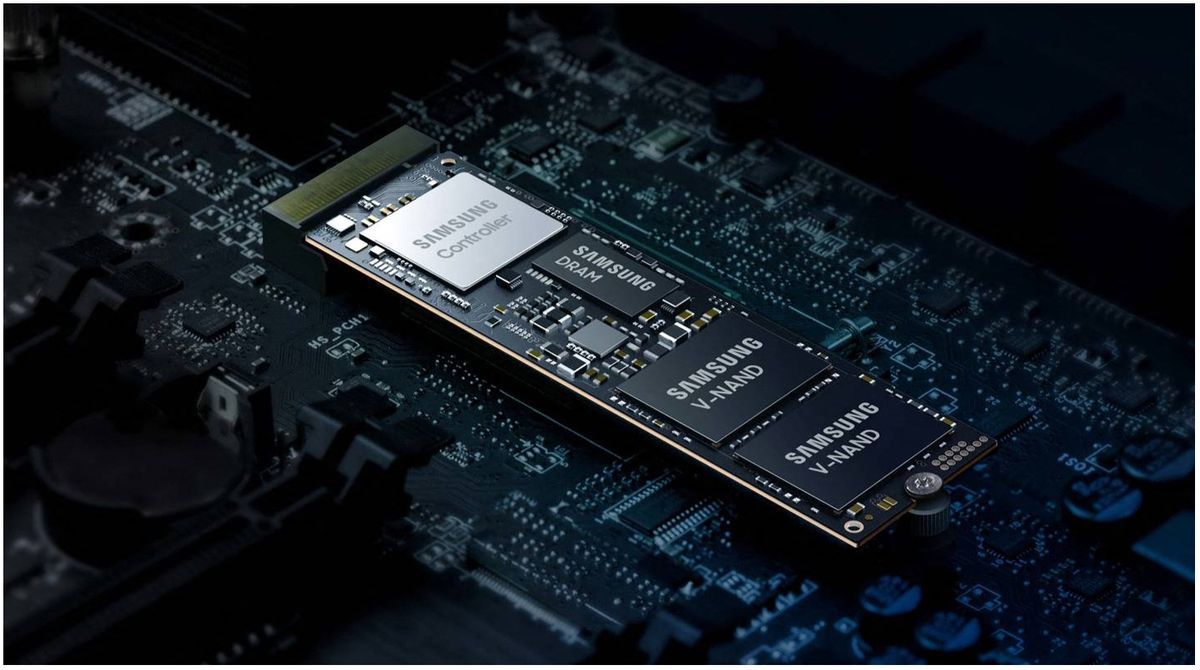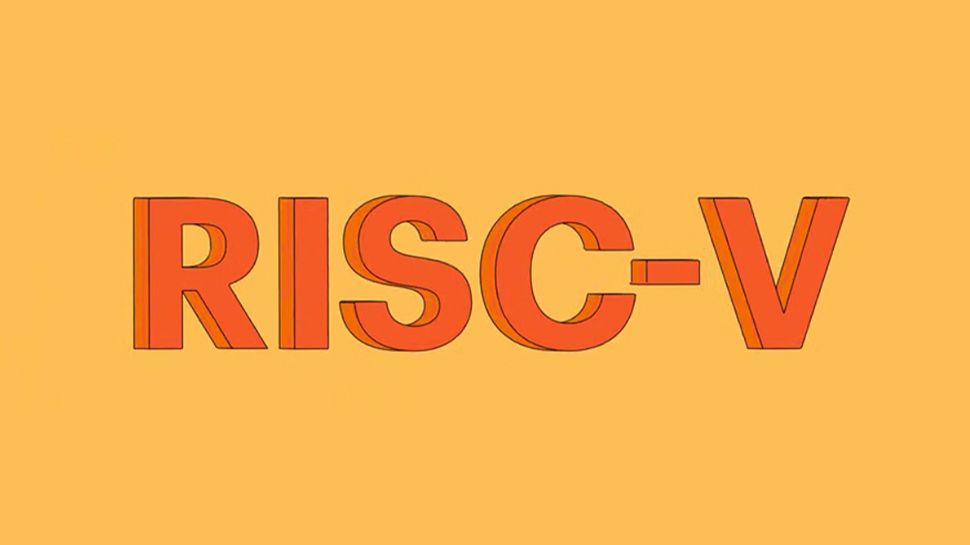It's no secret that the race is on to produce the first 1000TB SSD. At its 2022 Tech Day, Samsung revealed ambitious plans to “stack more than 1,000 layers” on its most advanced NAND chip by 2030, meaning a petabyte SSD could arrive by then.
Last year, the company said it might be able to deliver much sooner, but that appears to have been wishful thinking on the part of the tech industry.
That said, it's clear that development of future NAND chips is in full swing. The South Korean electronics giant recently announced that it would soon begin mass production of its new 290-layer 9th generation (V9) vertical NAND chips, and is widely expected to unveil a stunning 10th generation (V10) NAND chip. ) of 430 layers below. year.
Hafnia Ferroelectrics
So while we don't know much about what's going on behind the scenes in the company's quest to produce the first Petabyte SSD, some clues have appeared online.
At this year's VLSI Technology Symposium in Honolulu, there will be a technical session presented by Giwuk Kim, a PhD student in the Electrical Engineering department at the Korea Advanced Institute of Science and Technology (KAIST). His research interests include Hafnia-based FE-NAND memory, FeRAM and in-memory computing applications, and this will be the focus of the session, which is titled “In-depth analysis of Hafnia ferroelectrics as a key enabler for the low voltage”. & QLC 3D VNAND beyond 1K layer experimental modeling and demonstration.”
The summary of the work, which Samsung Electronics is a co-author (spoiler alert), reads: “We experimentally demonstrate a remarkable improvement in performance, driven by the interaction of charge capture and ferroelectric (FE) switching effects in metal bands. designed gate interlayer (BE-G.IL) -FE channel interlayer (Ch.IL) -Si (MIFIS) FeFET. MIFIS with BE-G.IL (BE-MIFIS) facilitates maximized 'positive feedback' (Posi. FB.) of dual effects, leading to low operating voltage (VPGM/VERS: +17/-15 V ), a wide memory window (MW: 10.5 V) and negligible disturbance at a bias voltage of 9 V. Furthermore, our proposed model verifies that the performance improvement of the BE-MIFIS FeFET is attributed to the stepped-up position. FULL BOARD. “This work demonstrates that hafnia FE can play a key role in scaling up the technological development of 3D VNAND, which is currently approaching a state of stagnation.”
It is currently unknown what role Samsung will play in the demonstration (if any), but the company is not the only one exploring the potential of Hafnia ferroelectrics. Giwuk Kim's talk is part of a parent session at the symposium titled “Non-volatile memory technology: Hafnia-based ferroelectrics-1,” which will be chaired by Deoksin Kil, head of materials development at archrival SK hynix from Samsung.









